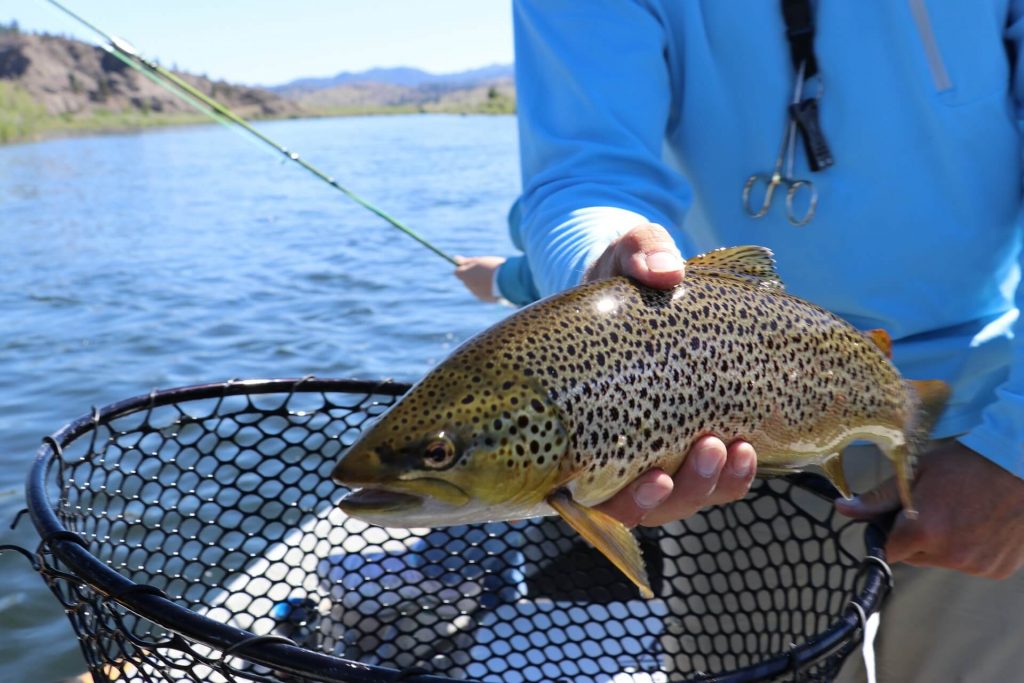Contents
Whether you’re an experienced angler or a novice looking to dip your toes into river fishing, learning where to find fish can significantly enhance your fishing experience. Rivers are dynamic ecosystems, and understanding their mechanics can lead to a fruitful day out on the water. This guide will provide you with essential tips and techniques to help you locate fish in a river, maximizing your chances of success.
Understanding River Dynamics
1. The Flow of the Water
The current is a crucial factor when fishing in rivers. It influences fish behavior, location, and feeding habits. Familiarize yourself with the following concepts:
- Fast vs. Slow Current: Fish often seek areas with a slower current where they can conserve energy while still remaining alert to their surroundings.
- Eddies and Rips: Look for eddies, where the current creates a calm pool. Fish often feed here as they find refuge from the stronger flow.
2. Water Depth and Structure
Fish presence is often related to the depth and structure of the river. Key locations to focus on include:
- Deep Holes: Deeper sections of a river can provide shelter and stability for fish, especially during warm weather.
- Underwater Structures: Look for rocks, fallen trees, and submerged vegetation where fish can hide. These structures create ambush spots for predators and refuge for baitfish.
Seasonal Considerations
1. Spring
During spring, fish are abundant as they begin their spawning rituals. Look for:
- Shallow Flats: Fish often move to warmer shallows for pre-spawning activities.
- Inlets: Areas where smaller tributaries flow into the main river often attract fish seeking to spawn.
2. Summer
Fishing can be more challenging in the heat of summer, but certain strategies can yield results:
- Early Mornings and Late Evenings: Fish are more active during cooler parts of the day.
- Shade and Structure: Focus on shaded areas beneath overhanging trees or large boulders.
3. Fall
As temperatures cool, fish often eat aggressively to prepare for winter:
- Migratory Patterns: Fish may start to move to deeper waters, so target depressions and bottom structures.
- Baitfish Activity: Keep an eye out for schools of baitfish; where there’s bait, you’ll find predators.
4. Winter
Fishing in winter requires patience and strategy:
- Deep Pools: Fish will often retreat to the deepest parts of the river. Utilize heavy lures and drop them straight down to increase your chances.
- Slow Retrieval: Fish metabolism slows in cold weather, so slow presentations are more effective.
Essential Gear and Techniques
1. Choosing the Right Gear
To optimize your chances of finding fish, use the appropriate gear:
- Fishing Rod and Reel: Select a rod that balances sensitivity and strength. Spinning gear is usually a good choice for river fishing.
- Bait and Lures: Live bait often works best, but select lures that mimic local prey. Experiment with colors and types based on what you’re observing in the water.
2. Casting Techniques
How you cast can make a significant difference:
- Accurate Casting: Learn how to cast accurately to specific structures where fish may be hiding.
- Drift Fishing: Allow your bait or lure to drift naturally with the current, imitating a natural food source.
Reading the River
1. Observing Conditions
Take the time to observe the overlying conditions in the river:
- Surface Activity: Look for fish breaking the surface or jumping, as this can indicate feeding activity.
- Water Color and Clarity: Fish may be more active in clear water, while murky conditions could call for more aggressive lures.
2. Utilizing Technology
Modern technology can be a great help:
- Fish Finders: If you’re fishing from a boat, consider using a fish finder to locate structures and depth changes.
- Mobile Apps: Several fishing apps can provide local tips, weather updates, and migratory patterns to help improve your strategy.
The Importance of Patience and Respect for Nature
While finding fish in a river requires skill and knowledge, it’s essential to also practice patience. Sometimes, despite your efforts, the fish may not be cooperating. This is part of the challenge that makes fishing rewarding.
Additionally, always respect nature by adhering to local fishing regulations, practicing catch and release when necessary, and minimizing your impact on the environment. Sustainable fishing ensures that future generations can enjoy the same bounty from our rivers.
Finding fish in a river can be a rewarding experience that deepens your connection with nature. By understanding river dynamics, seasonal patterns, utilizing the right gear and techniques, and respecting the environment, you can significantly enhance your chances of success. Happy fishing!




